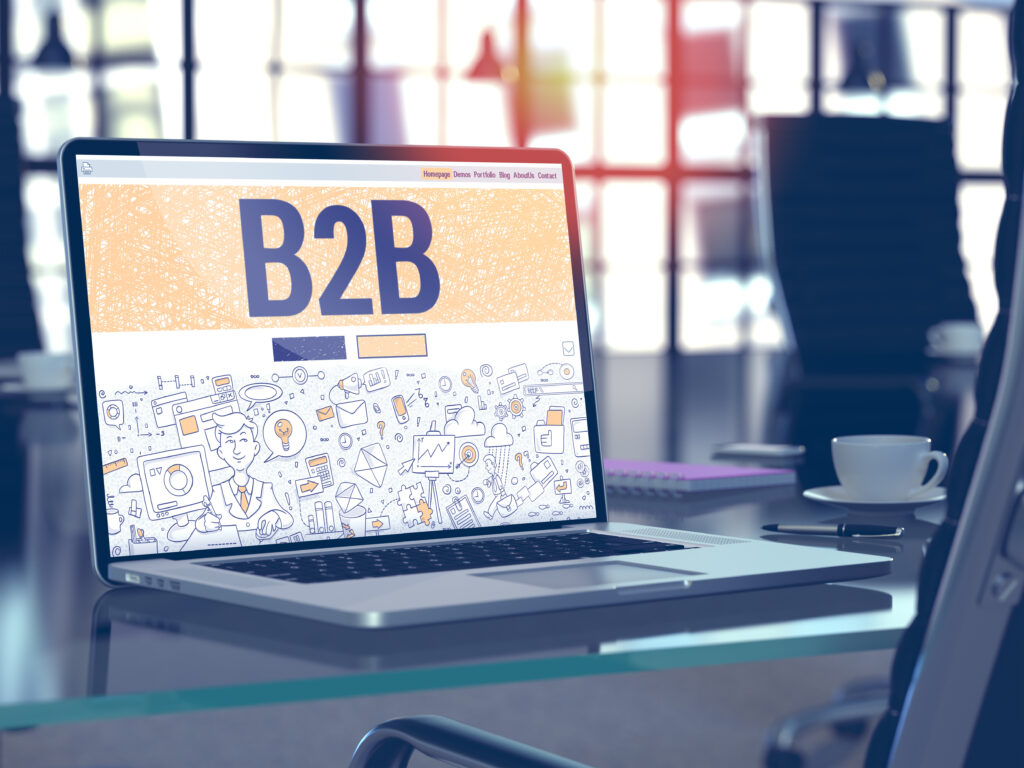Well-designed B2B landing pages serve as a powerful tool for any business seeking to generate qualified leads. High-converting landing pages do not happen by accident. They are built through tested best practices, a deep understanding of business needs, and a commitment to clear communication. This post explores the core elements that make B2B landing pages effective, equipping you with actionable insights to improve your own results.
Why Strong Landing Pages Matter in B2B
B2B purchasing processes are often complex. Prospects expect clarity and trustworthiness before moving forward. A landing page that addresses these expectations not only improves conversions but also strengthens your brand’s credibility in a crowded market.
The Anatomy of High Converting B2B Landing Pages
Focused and Clear Value Proposition
The headline and subheadline should immediately clarify what your business offers and who will benefit. Prospects are often pressed for time, so eliminate ambiguity. Use language that speaks directly to business challenges and presents your platform or service as the solution.
Example:
“Accelerate your team’s productivity with our intelligent project management platform, trusted by leading tech companies.”
Compelling and Relevant Content
Supporting content must reinforce your value proposition and build trust. Use concise paragraphs, supporting visuals, and clear explanations of product features and benefits. Avoid jargon where possible. Instead, focus on what differentiates your solution and how it solves business-specific pain points.
Social Proof and Trust Signals
Decision-makers want proof your service delivers. Incorporate client testimonials, logos of trusted partners, case studies, awards, or security certifications. These are critical for establishing reliability and lowering perceived risk.
Example:
“A 30 percent increase in qualified leads after partnering with us,”
A Singular, Clear Call to Action
Every high-converting landing page is anchored by a strong call to action. This can be a button, a form, or a direct request to connect with your sales team. The CTA must be visible and its value instantly apparent. “Get Started,” “Request a Demo,” or “Download the Whitepaper” are all effective when tied to a tangible benefit.
Minimal Distractions
Focus is key. Avoid unnecessary navigation bars, external links, or unrelated pop-ups. Every element on your B2B landing page should move visitors toward your primary objective.
Optimized Lead Capture Forms
A great lead form is both brief and respectful of your visitor’s time. Request only essential information up front to improve completion rates. You can always collect further details in later stages of the sales process.
Responsive and Accessible Design
Today’s B2B audience will access your landing page from various devices. Responsive design ensures your content looks and works its best anywhere, including mobile. Accessible design ensures that all prospects, regardless of ability, experience a smooth path to conversion.
Best Practices to Boost Your Conversion Rates
- Test and Iterate: Use A/B testing to experiment with headlines, CTAs, images, and copy length.
- Performance Matters: Landing pages must load quickly. Optimize images and reduce unnecessary scripts to keep visitors engaged.
- Follow Up Promptly: Ensure your lead management process is in place for fast, professional follow-up. Timely outreach increases the value of captured leads.
Supporting Your Success
With years of experience guiding B2B organizations to stronger marketing results, we know it takes a clear message and consistent value to win trust and drive conversions. Invest in optimizing your landing pages, and you will create a lasting impact—not just in leads, but in relationships that drive revenue.If you are seeking to strengthen your inbound strategies or want expert help to review your existing landing pages, our team stands ready to support your success, so connect with us.

